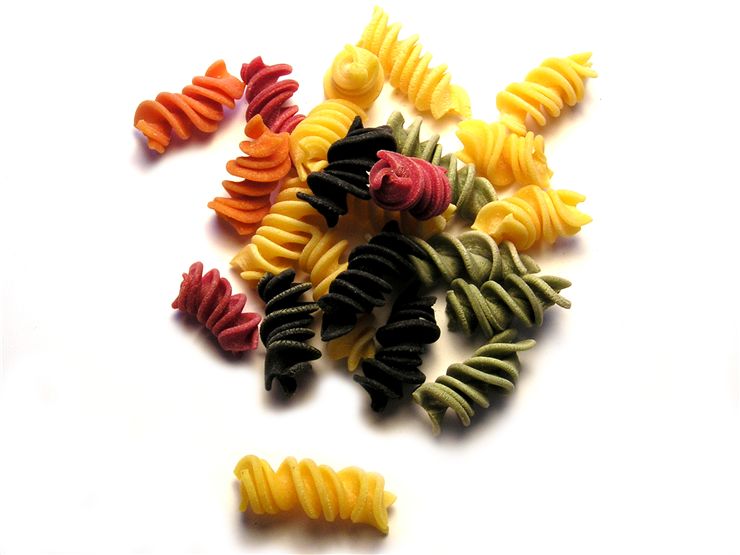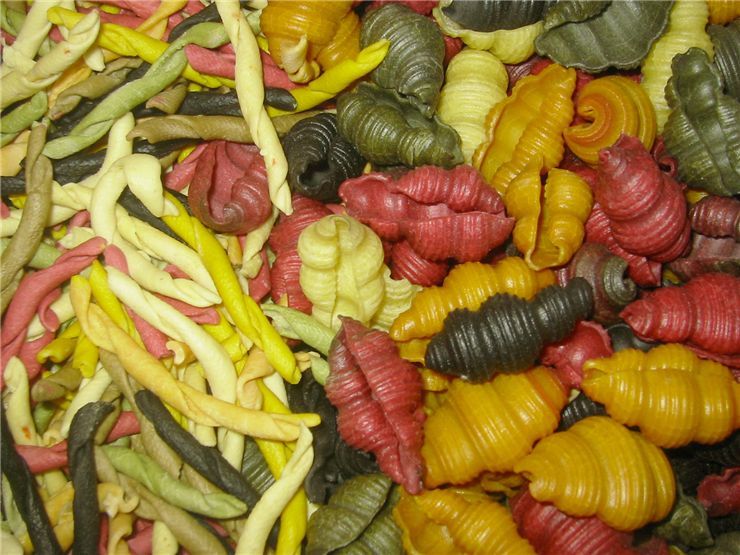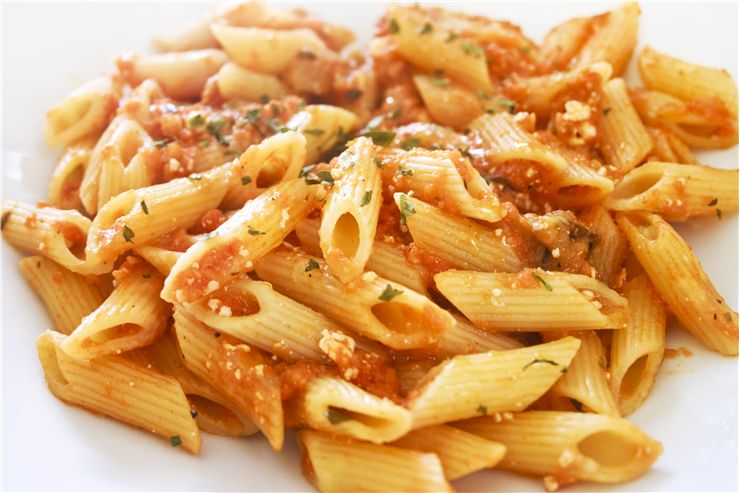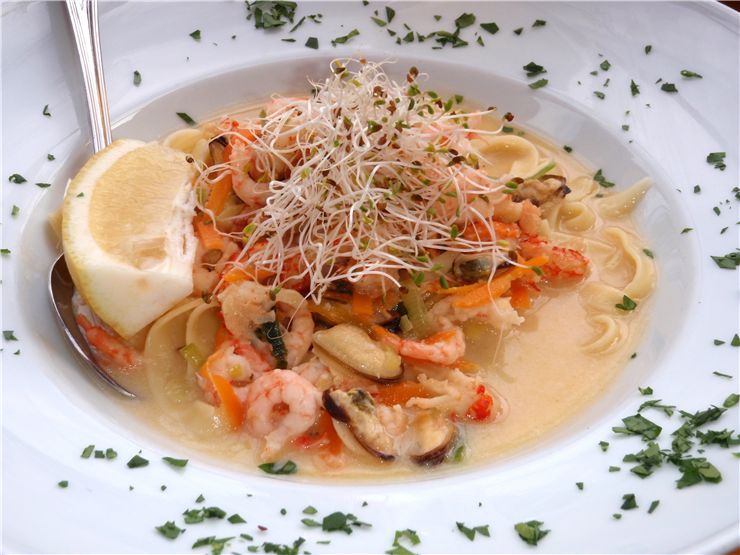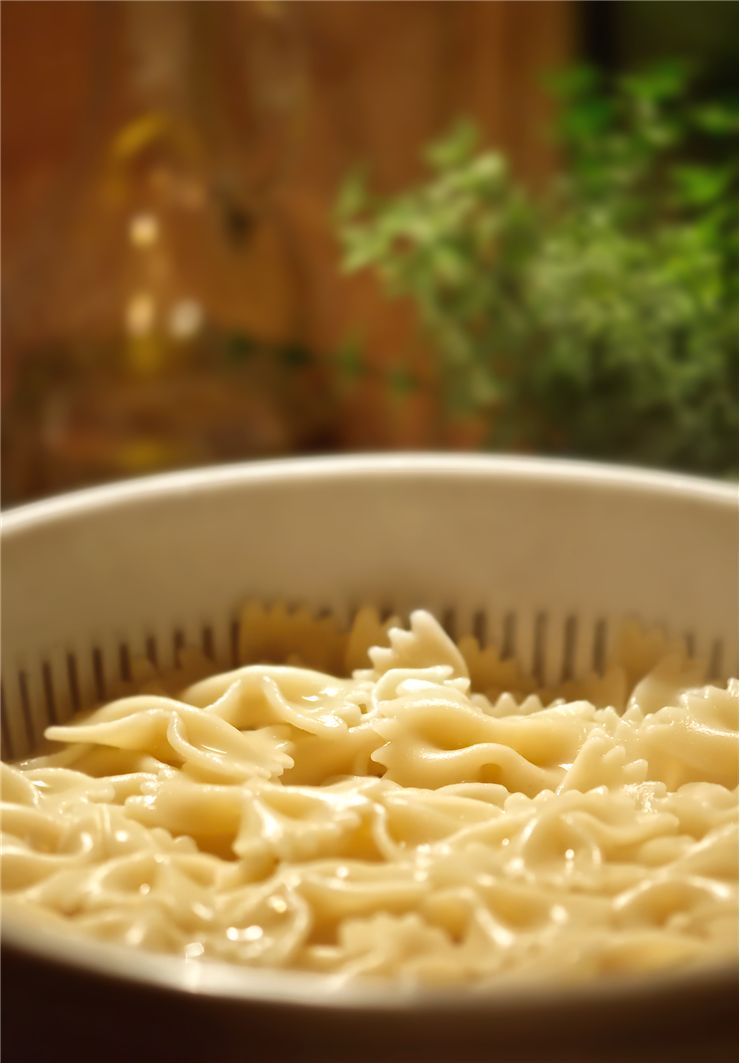Facts and History of Pasta
Pasta is a part of a traditional Italian cuisine, which has managed to spread all across the world and become one of the most popular meals of modern mankind. It started its life in around 2000 years ago as a meal of ancient Romans, but as time went by its recipe changed slightly, together with the ways it was cooked and presented. In terms of historical references, the first official reference to the modern day pasta product were recorded in the 1154 in Sicily, and from them various pasta products started their expansion across entire Italy, Europe and world.
Food created from fine sheets of dough was first described in the records of the Roman poet Horace in 1st century BC. After that, several historians mentioned the presence of the food called lagana in the Roman kitchens, which had form of dough with meat stuffing. However, even though these products could visually be similar to modern day pasta, their recipes for dough were completely different. As for pasta recipe which consists from mix of unleavened dough of a durum wheat flour and water, there are several evidences of its early history. Greek historians in 2nd century mentioned several occasions of meal preparation where flour was directly mixed with water, Jerusalem cooks boiled dough in 3rd-5th century, and Arab meal itriyya was possibly responsible for giving Sicilian first idea of crafting their own pasta products. Those itriyya products (which were recorded by Arab travelers as “dry pasta”) traveled all around the world on the trade caravans, and with the 7th century conquer of Sicily by Arabs, itriyya reached European lands. There is also a popular legend that Marco Polo managed to bring pastry products and the descriptions of their recipes from Asia to Italy. These reports are not substantiated with historical proof.
With the popularity of pasta product rising in Sicily, their cooks started discovering new ways to make it even more attractive and appealing. 12th century records show that by that time spaghetti were popular in the court of the Sicilian King Roger II, and as soon as Renaissance came and brought with itself the sudden advance in the ship building technology, died pasta products became staple food for the sailors who started exploring coasts of South Africa, Central America and eventually the entire world. Carried on by the organized production of pasta in Europe, cooks continued to innovate with them, eventually introducing in 18th century one of the most important toppings in the history of the human cuisine – tomato juice (ketchup).
The true worldwide success of many pasta products (especially spaghetti) happened after the first two World Wars, when returning US soldiers brought with them tales of European meals. Italian immigrants took full advantage from the newfound taste of American public, popularizing pasty products in the US, and innovating new ways of delivering that food to everyone’s kitchen table. The most successful moment that enabled just that happened in the mid-20th century with the appearance of the canned spaghetti.
